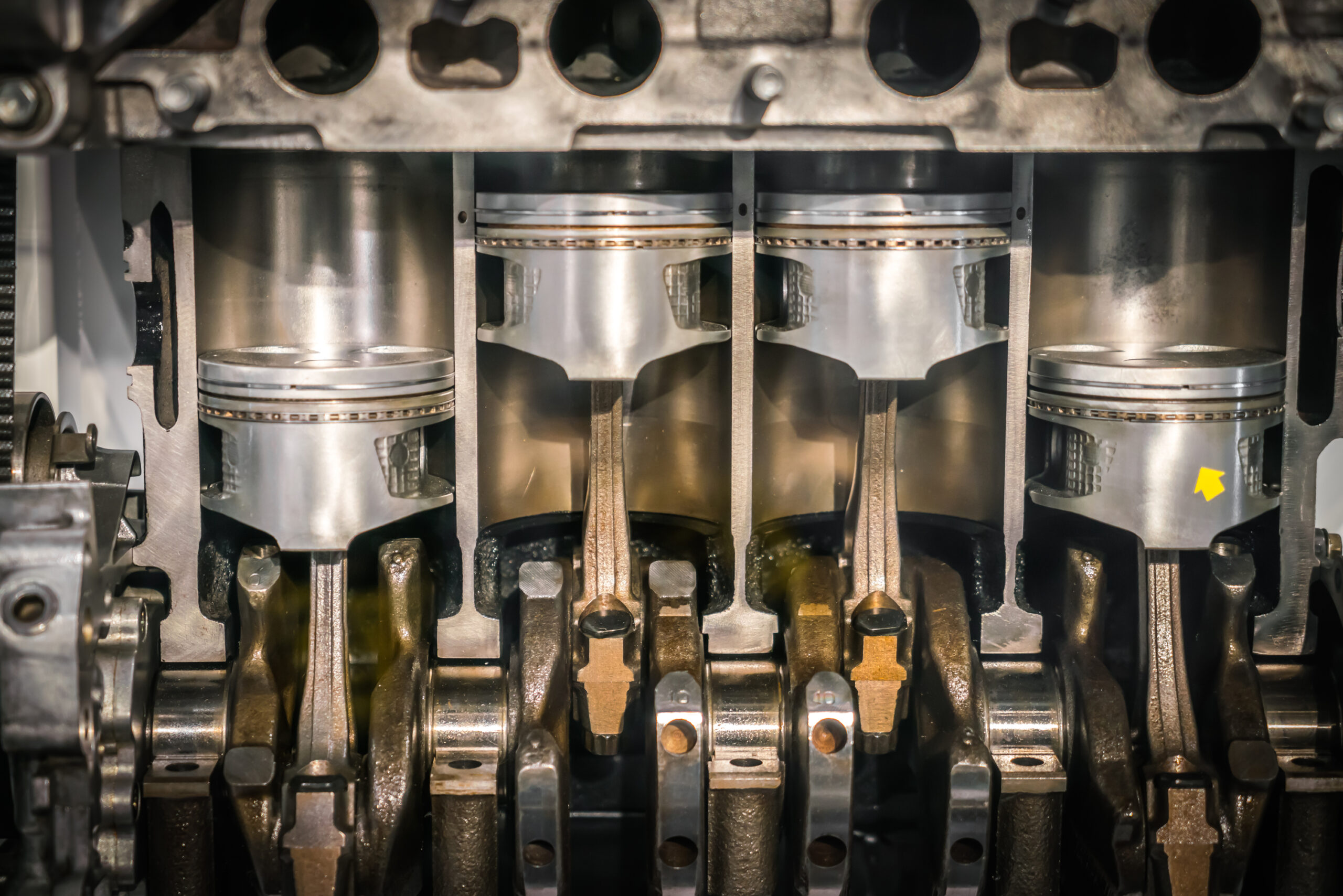What are tribofilms?
Secondary Ion Mass Spectrometry, SIMS can be used to analyse the solid surface layer that forms when materials rub against each other in the presence of a lubricant. The boundary lubricant film, or tribofilm film, is a result of complex chemistry between the lubricant and the material. The formation of tribofilms is a very important aspect of tribology and SIMS can provide characterisation of the tribofilm. Formation of the tribofilm is important to reduce wear, especially when lubricating oils are not present, such as cold engine starting when the tribofilm provides protection until the oil is flowing.
The advantages of SIMS depth profiling of tribofilms are
- Direct analysis of the tribofilm without special sample preparation
- Measurement of metal oxides, mixed layers and lubricant additives across the wear scar
- Characterisation of the tribofilm as a function of position by SIMS imaging
- Highly sensitive measurement to parts per million level in both the tribofilm and substrate
SIMS can detect all elements in the tribofilm and is unique in that it can be used for isotopic analysis to determine how the tribofilm components diffuse and are recycled to and from the lubricant. SIMS depth profiling provides a fast and efficient method of researching tribofilm chemistry.
Hiden Analytical SIMS and Tribofilms Hiden Analytical offers a range of SIMS tools that provide SIMS imaging and SIMS depth profiling for tribological studies.The Compact SIMS is an easy to use and very cost effective tool for analysing tribofilms. Contact a member of Hiden Analytical for more information about tribofilm analysis using SIMS depth profiling and imaging.
What can SIMS depth profiling tell us about tribofilms?
Tribofilms are very thin layers resulting from mechanochemical interaction of moving parts and lubricants. SIMS depth profiling and SIMS imaging measures the chemistry through the tribofilm allowing scientists to research the tribofilm formation from the lubricant, its depth and how it responds to further wear. SIMS imaging depth profiling is valuable for looking at the tribofilm formation and wear pattern using pin-on-disc tribology measurement techniques as SIMS provides 3D images of the tribofilm composition. A single SIMS imaging depth profile analysis across the wear scar of a tribology sample can later be used to extract localised SIMS depth profiles at different places so that the tribofilm can be characterised on and off the wear scar and the behaviour of the tribofilm under different tribological conditions can be assessed.
SIMS analysis of tribofilms can measure how lubricant additives, like molybdenum disulphide, mix into the surface engine components to form a tribofilm. SIMS depth profiling of the tribological surfaces shows the slippery molybdenum disulphide forming a complex tribofilm with steel so that the tribofilm provides lubrication when the oil is not present.

The advantages of SIMS depth profiling of tribofilms are
- Direct analysis of the tribofilm without special sample preparation
- Measurement of metal oxides, mixed layers and lubricant additives across the wear scar
- Characterisation of the tribofilm as a function of position by SIMS imaging
- Highly sensitive measurement to parts per million level in both the tribofilm and substrate
SIMS can detect all elements in the tribofilm and is unique in that it can be used for isotopic analysis to determine how the tribofilm components diffuse and are recycled to and from the lubricant. SIMS depth profiling provides a fast and efficient method of researching tribofilm chemistry.
Hiden Analytical SIMS and Tribofilms Hiden Analytical offers a range of SIMS tools that provide SIMS imaging and SIMS depth profiling for tribological studies.The Compact SIMS is an easy to use and very cost effective tool for analysing tribofilms. Contact a member of Hiden Analytical for more information about tribofilm analysis using SIMS depth profiling and imaging.

